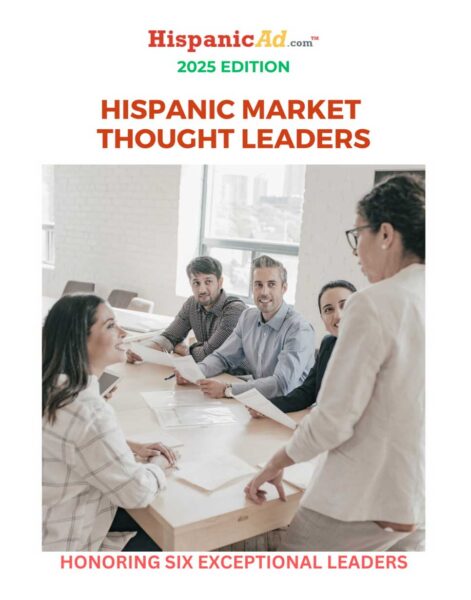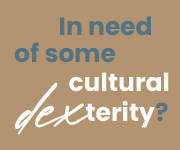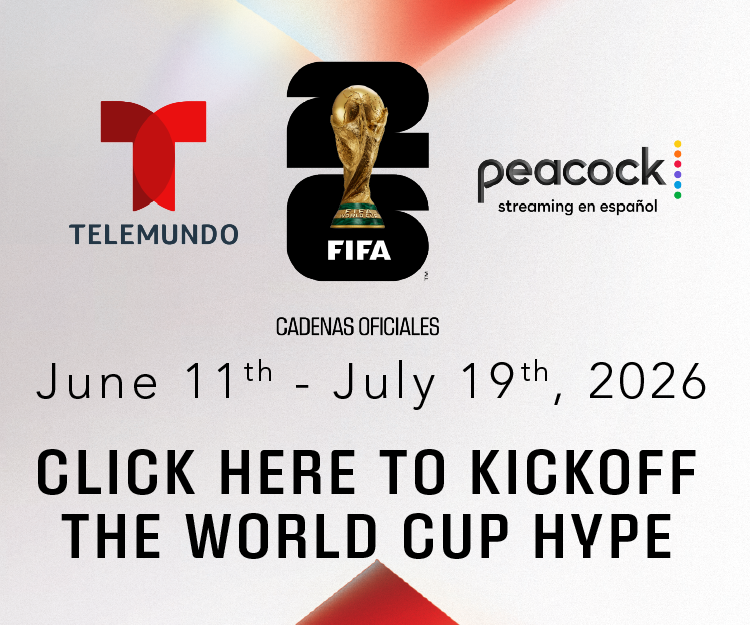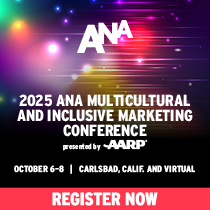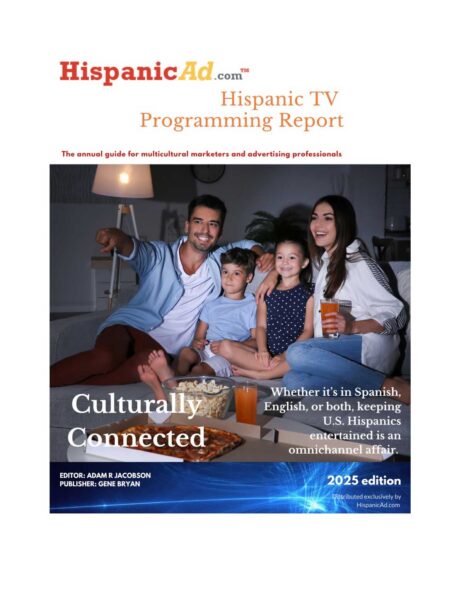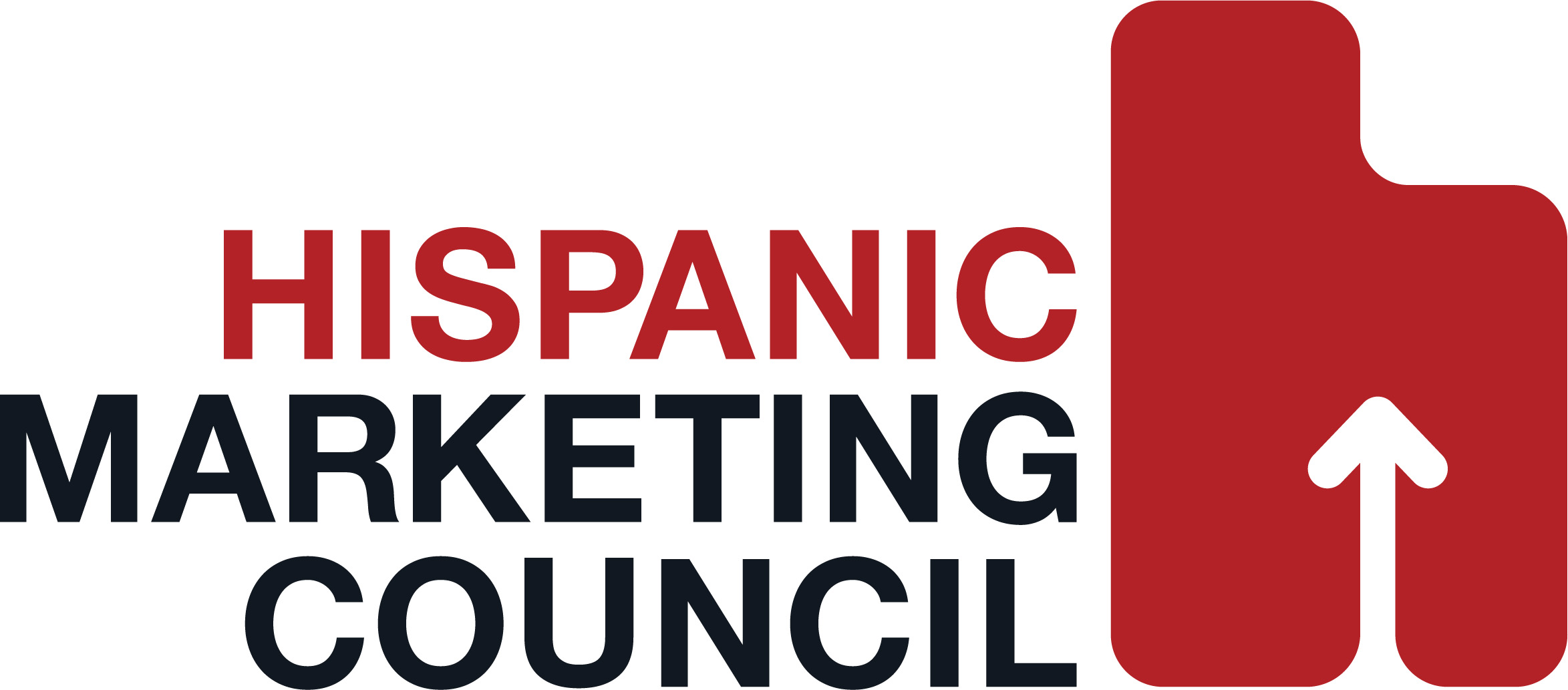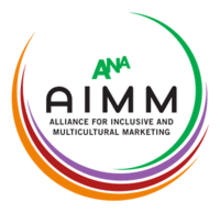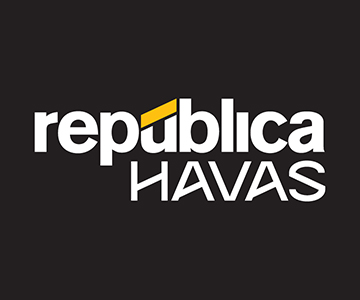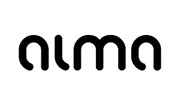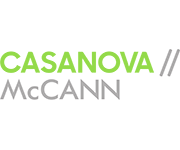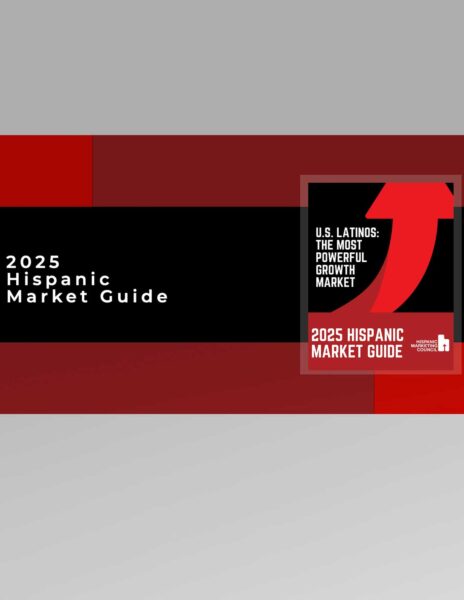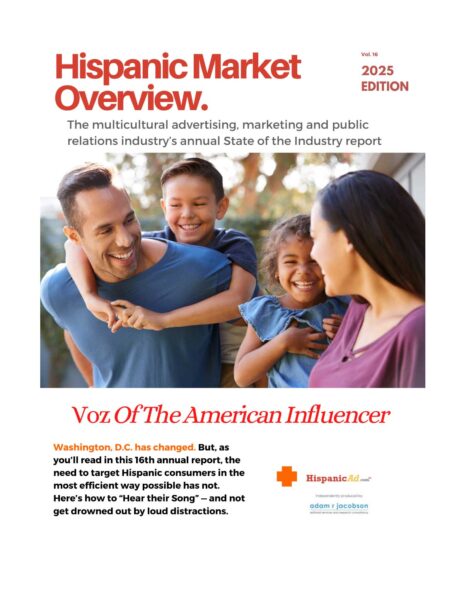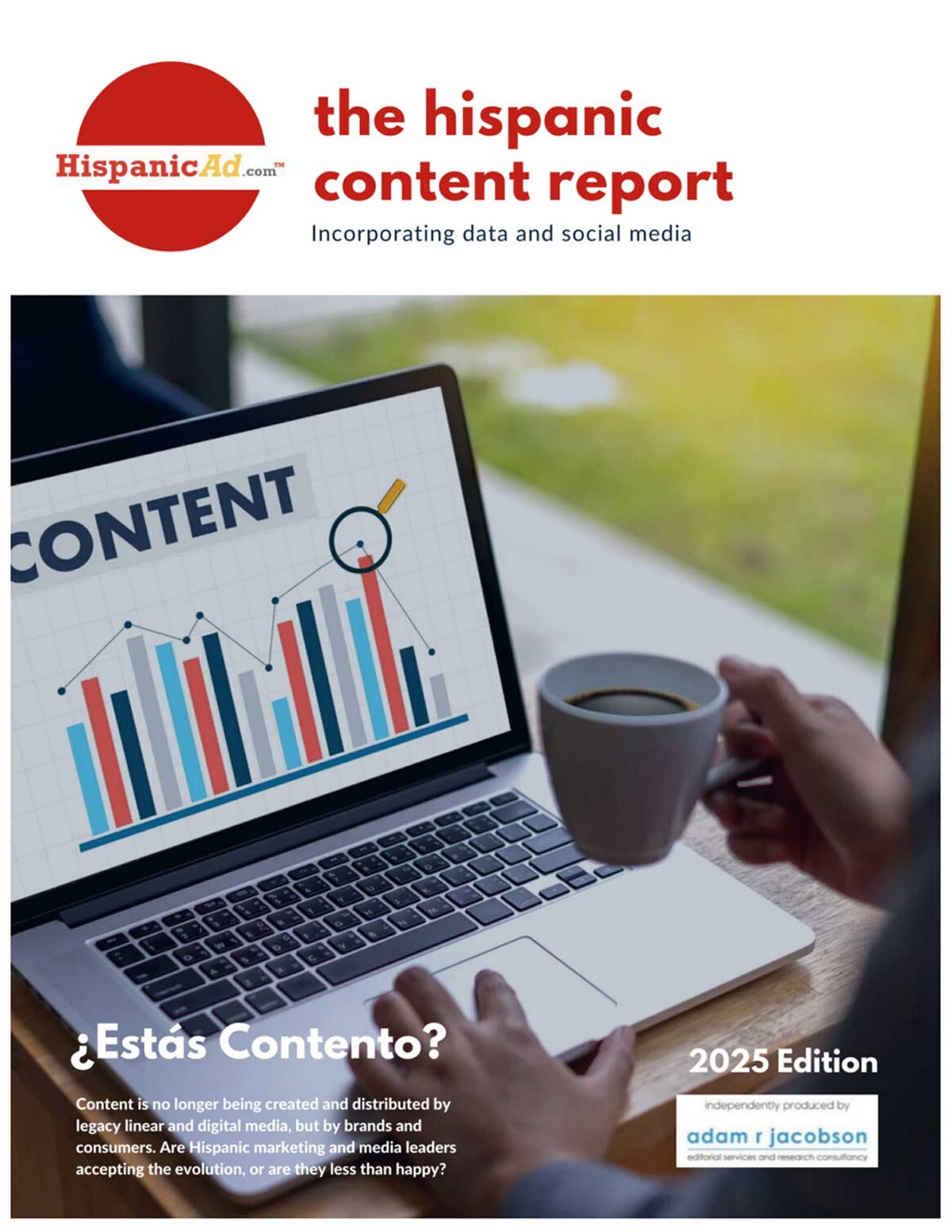Hispanicize 2017 announces Dates, Venue and Changes for 8th Annual Latino Trends Event
 Hispanicize 2017, the 8th annual Latino trendsetters and newsmakers event for digital creators, journalists, marketers, music artists and filmmakers, is moving to downtown Miami’s JW Marriott Marquis, April 3-6, 2017.
Hispanicize 2017, the 8th annual Latino trendsetters and newsmakers event for digital creators, journalists, marketers, music artists and filmmakers, is moving to downtown Miami’s JW Marriott Marquis, April 3-6, 2017.


 Health literacy is a growing concern for all of us who produce content, especially marketers seeking to drive patients to treatment, improve adherence, change behavior, and manage disease. By Beatriz Mallory, Vice President / SensisHealth
Health literacy is a growing concern for all of us who produce content, especially marketers seeking to drive patients to treatment, improve adherence, change behavior, and manage disease. By Beatriz Mallory, Vice President / SensisHealth The Los Angeles Rams have reached an exclusive rights agreement selecting KWKW 1330 AM/ESPN Deportes as their official Spanish language flagship radio station. The agreement includes the broadcasts of all preseason, regular season, and postseason games.
The Los Angeles Rams have reached an exclusive rights agreement selecting KWKW 1330 AM/ESPN Deportes as their official Spanish language flagship radio station. The agreement includes the broadcasts of all preseason, regular season, and postseason games. Marketers should require media agencies to be fully transparent to elevate trust and restore confidence in the client/agency partnership, according to a wide-ranging set of recommendations released \ by the ANA (Association of National Advertisers) and Ebiquity/FirmDecisions. A key recommendation was that clients require their agencies to disclose all potential conflicts of interest and allow thorough audits of the agency, its parent company, affiliates, and subsidiaries to ensure full transparency and contract compliance.
Marketers should require media agencies to be fully transparent to elevate trust and restore confidence in the client/agency partnership, according to a wide-ranging set of recommendations released \ by the ANA (Association of National Advertisers) and Ebiquity/FirmDecisions. A key recommendation was that clients require their agencies to disclose all potential conflicts of interest and allow thorough audits of the agency, its parent company, affiliates, and subsidiaries to ensure full transparency and contract compliance. SSA Public Relations has appointed Rosa Noyola as Vice President, Latino Division which represents US and Latin American consumer product, media and entertainment companies to the US Latino market.
SSA Public Relations has appointed Rosa Noyola as Vice President, Latino Division which represents US and Latin American consumer product, media and entertainment companies to the US Latino market. Hispanic marketing is challenging. Believe me, we have been doing it for 15 years. Effective Hispanic marketing requires an integrated team that not only possesses the skills to execute standard marketing principles, but also a deep understanding of the complex and dynamic Hispanic consumer. By Lee Vann / Capture Group
Hispanic marketing is challenging. Believe me, we have been doing it for 15 years. Effective Hispanic marketing requires an integrated team that not only possesses the skills to execute standard marketing principles, but also a deep understanding of the complex and dynamic Hispanic consumer. By Lee Vann / Capture Group A new report from GfK examines the co-evolution of innovative fashion and lifestyle stores alongside the increasingly significant “experience economy”. It identifies four key trends which can mitigate against the currently sinking retail share in private consumption that is prevalent in mature Western retail markets.
A new report from GfK examines the co-evolution of innovative fashion and lifestyle stores alongside the increasingly significant “experience economy”. It identifies four key trends which can mitigate against the currently sinking retail share in private consumption that is prevalent in mature Western retail markets. Enjoy a video interview of Rick Marroquin with Tony Hernadez of the Immigrant Archive Project and a video by David Chitel dedicating a song to Rick. What a great way to remember Rick.
Enjoy a video interview of Rick Marroquin with Tony Hernadez of the Immigrant Archive Project and a video by David Chitel dedicating a song to Rick. What a great way to remember Rick.
